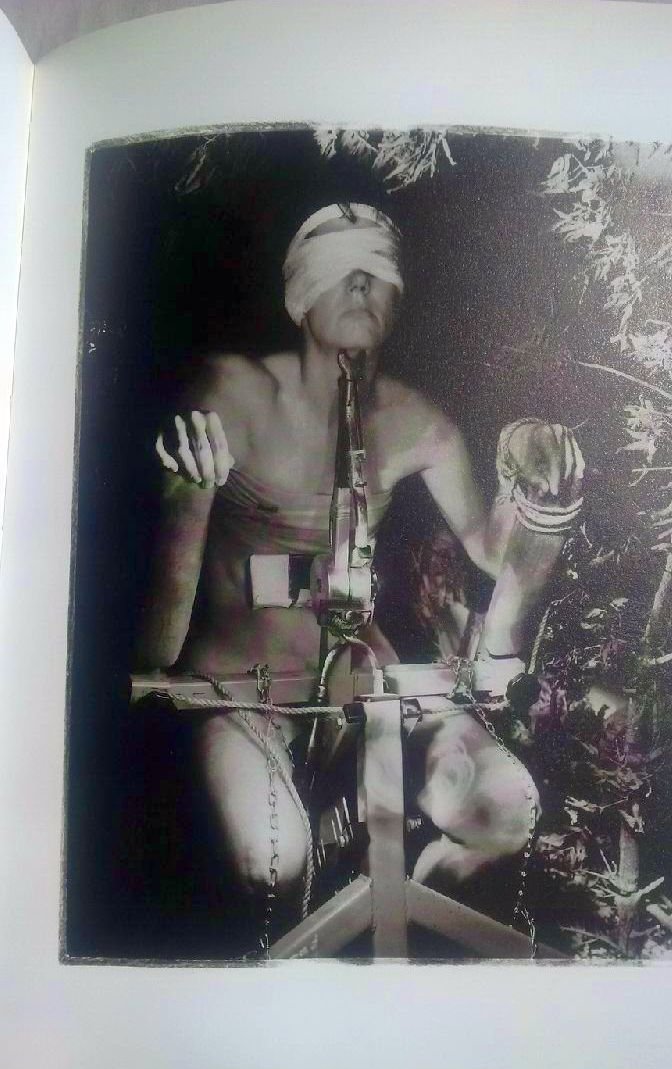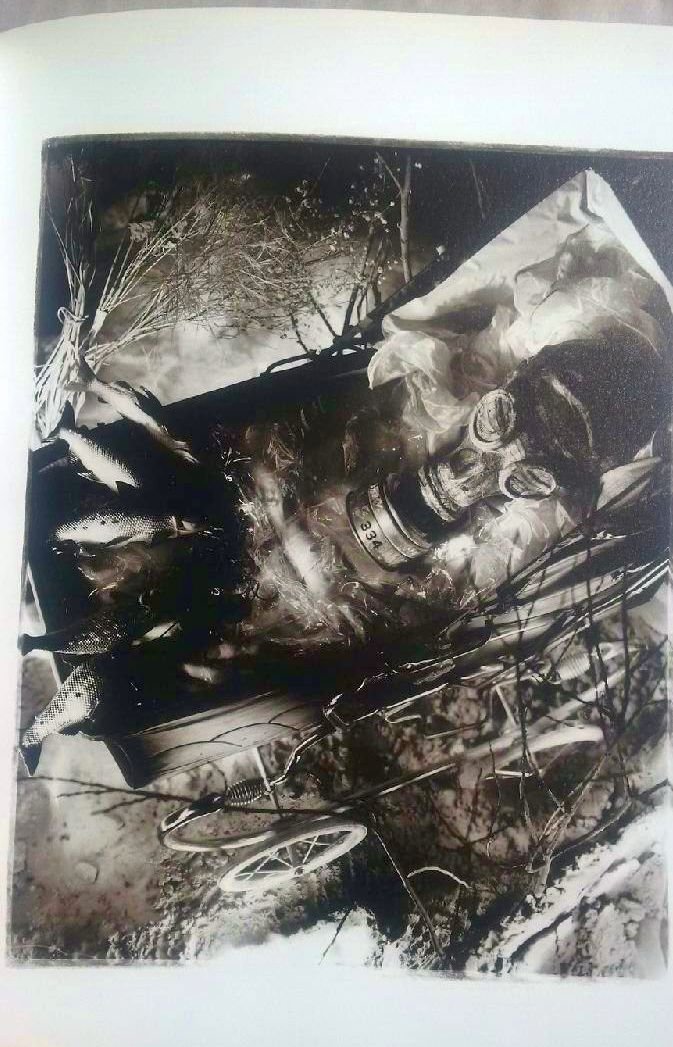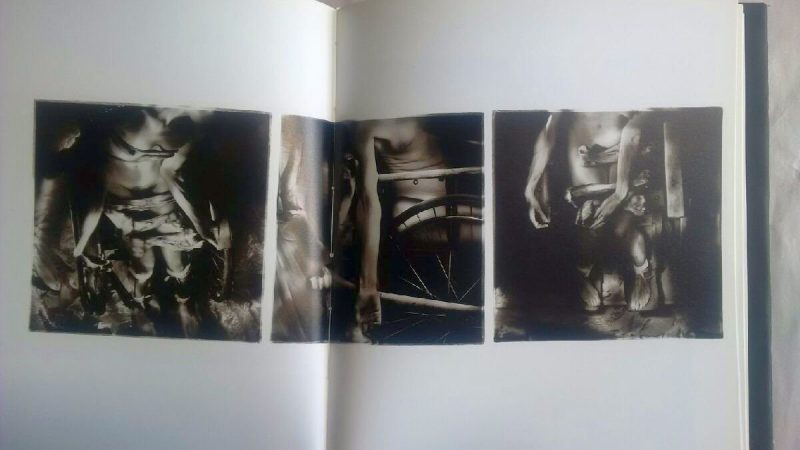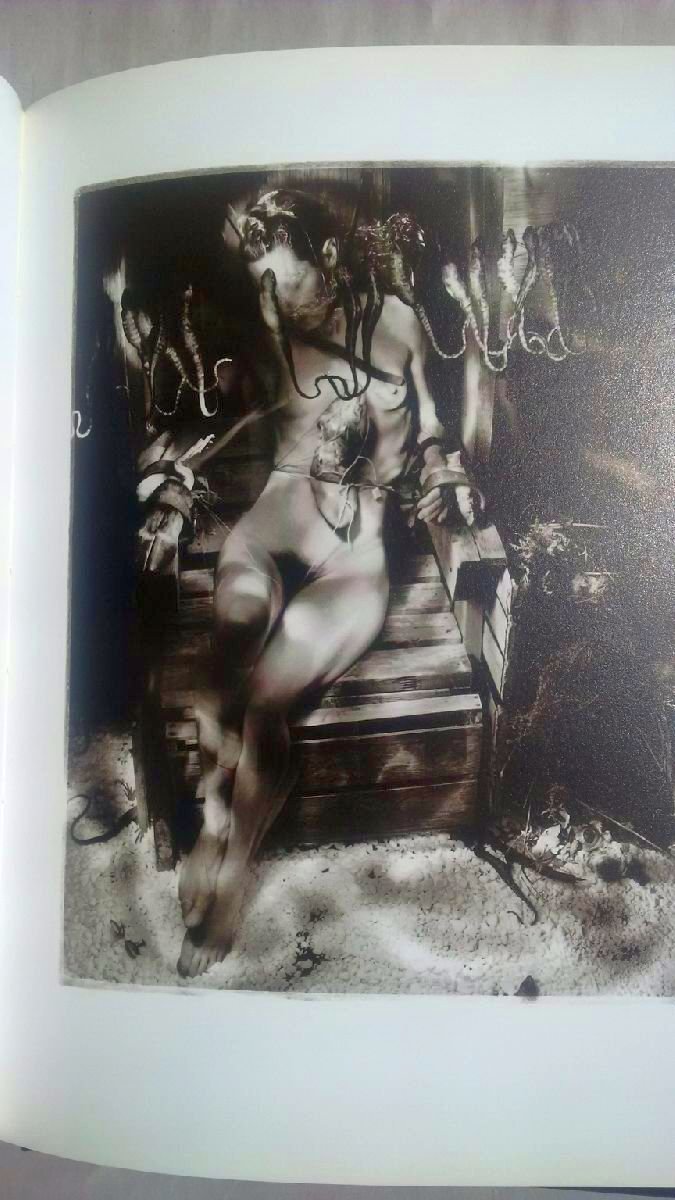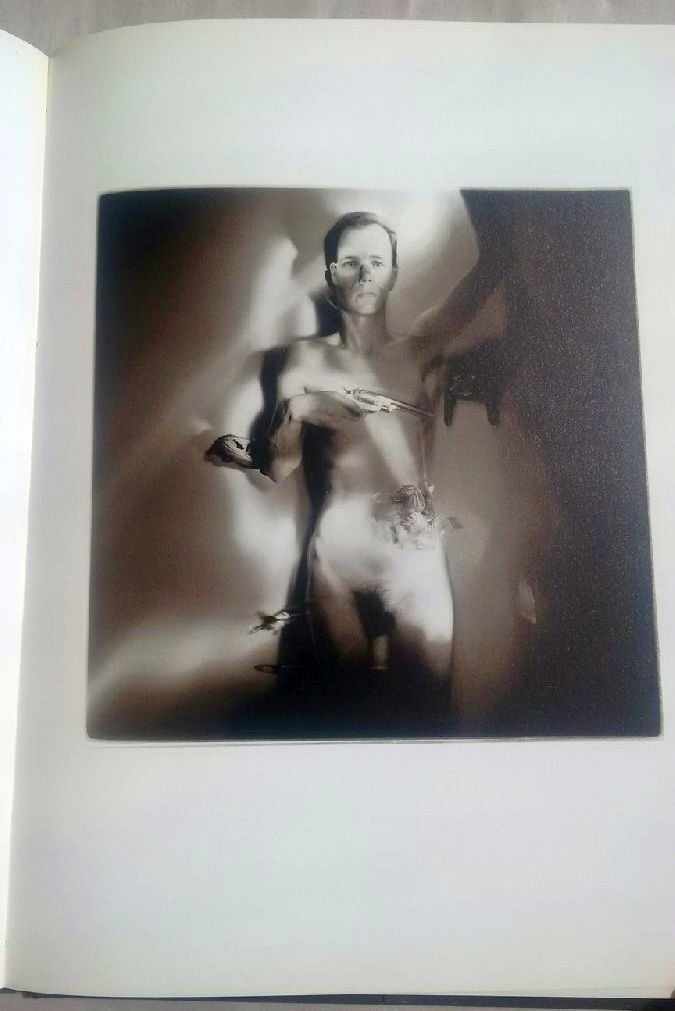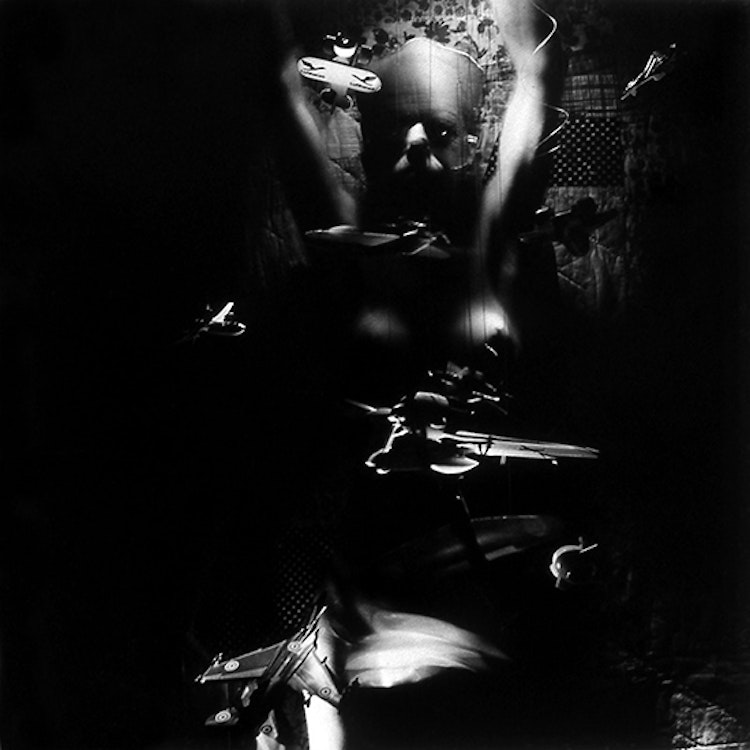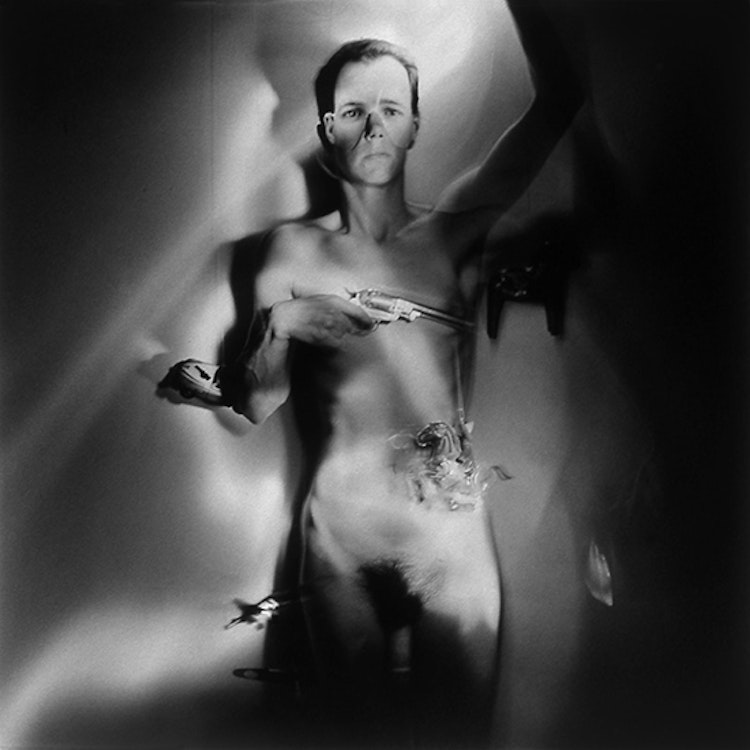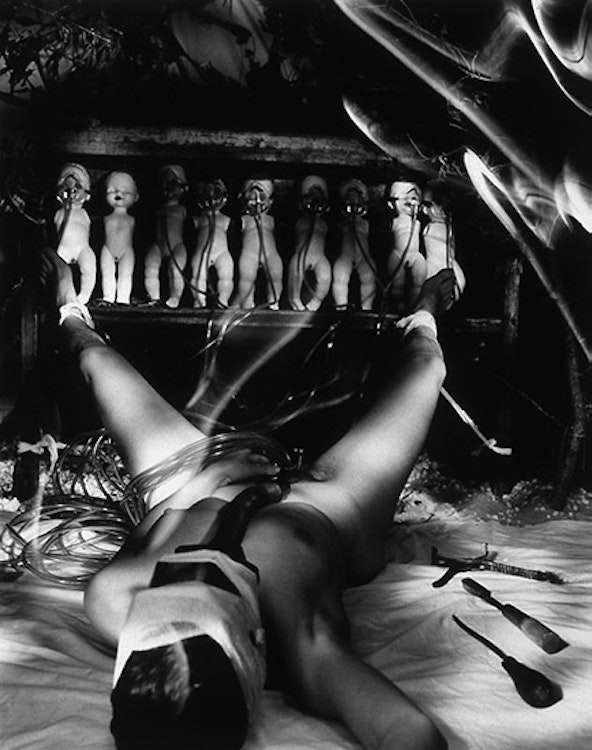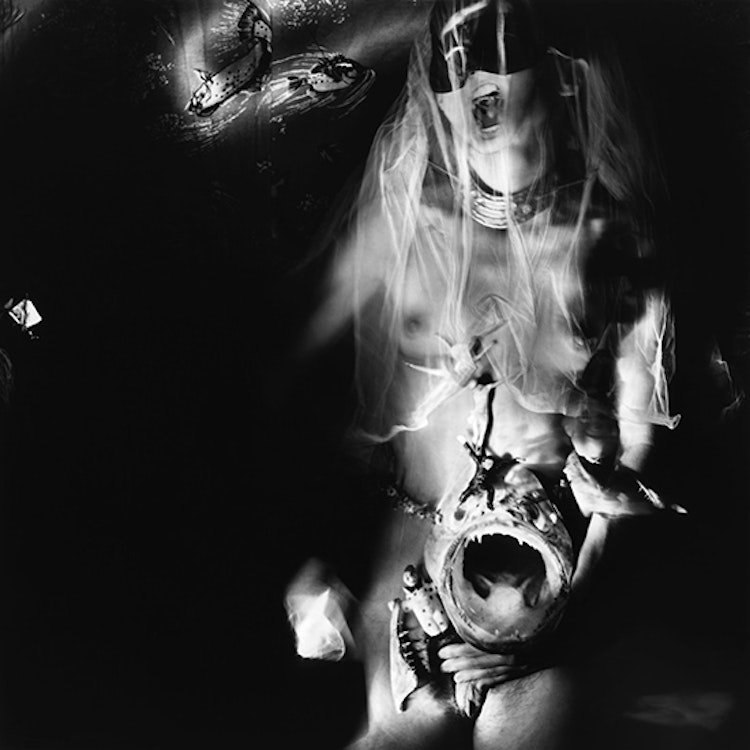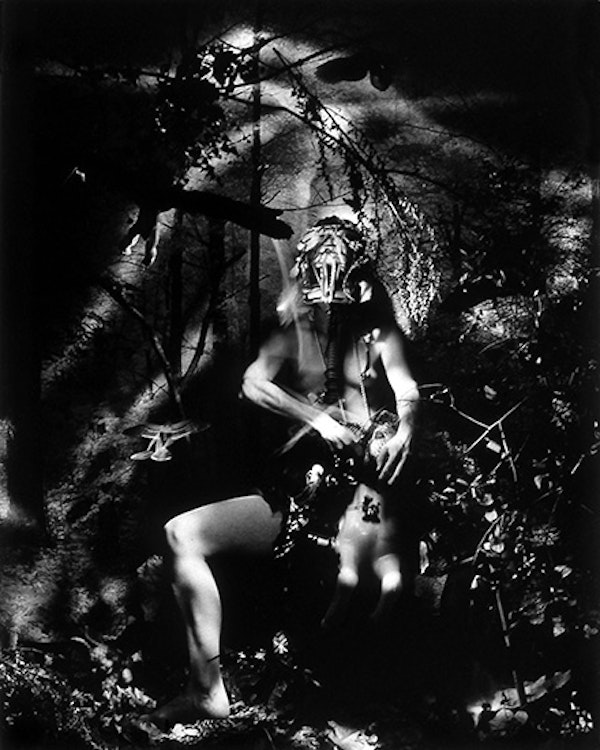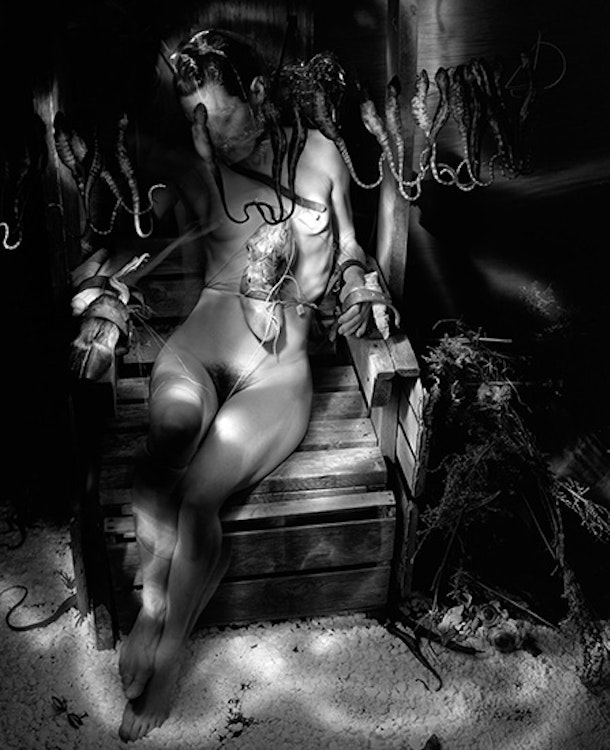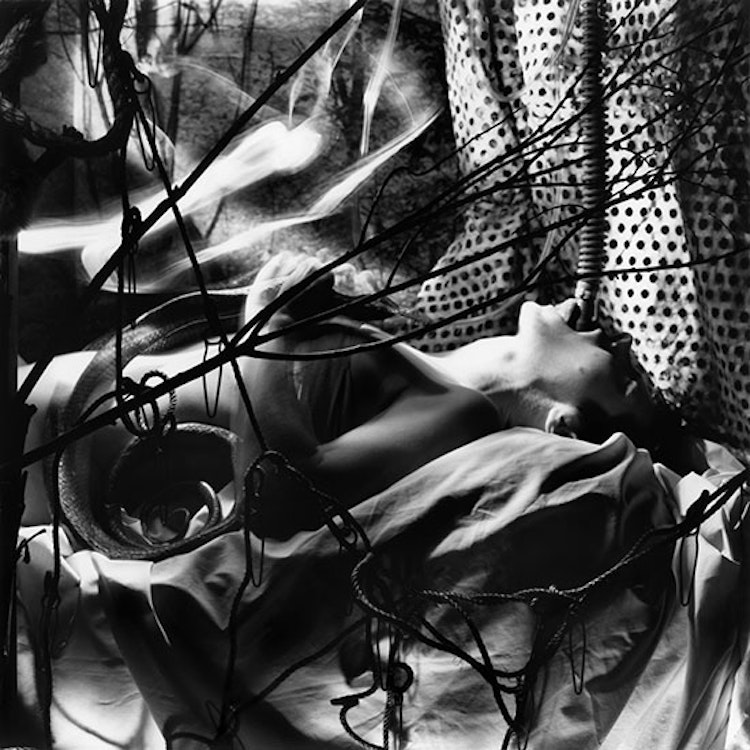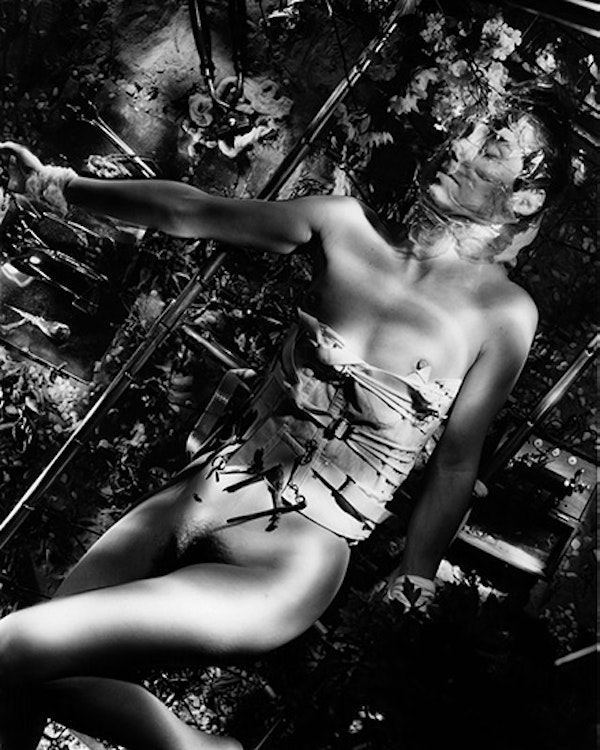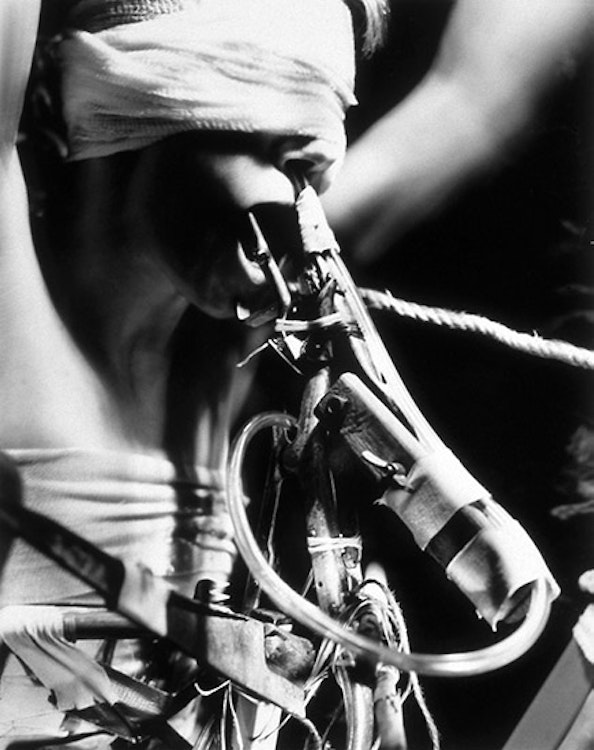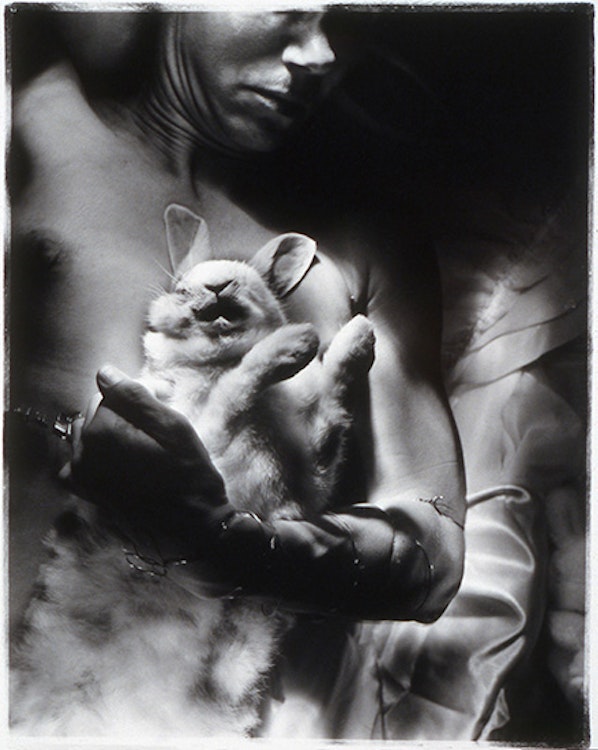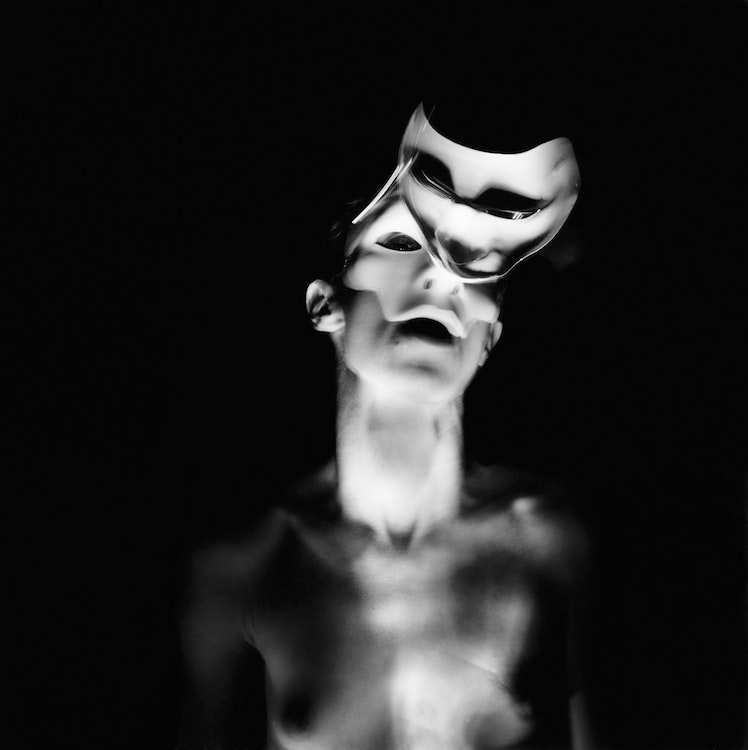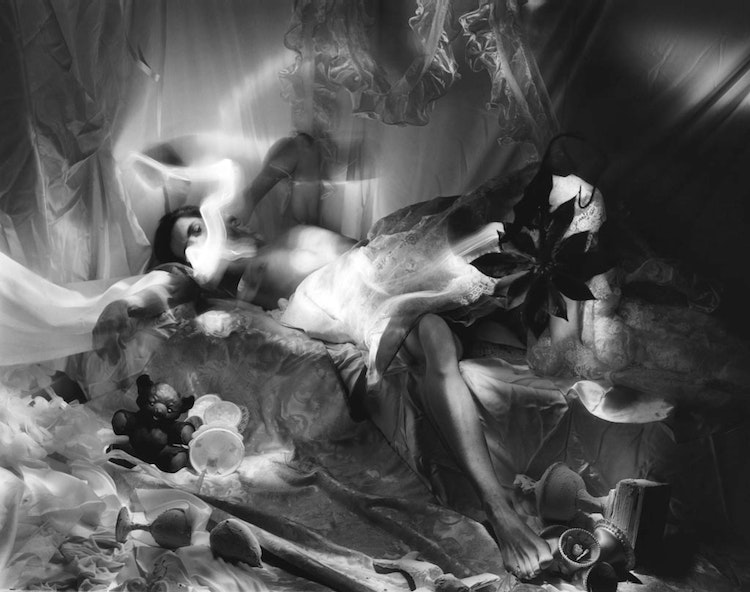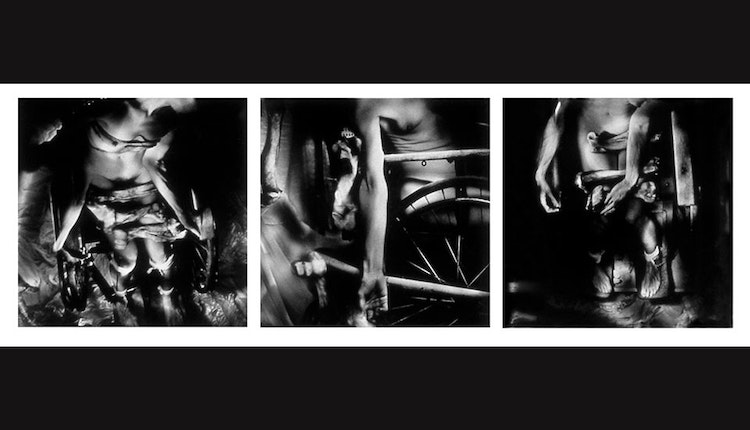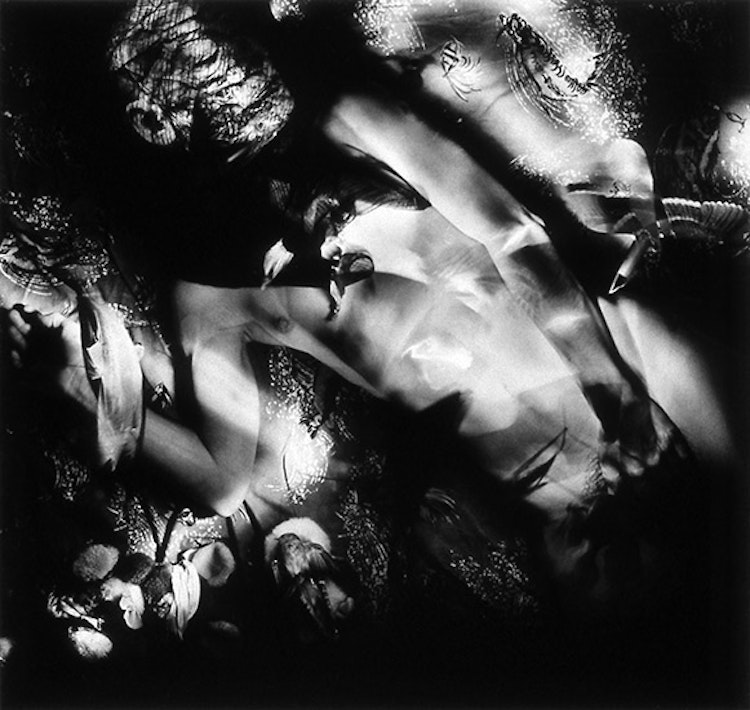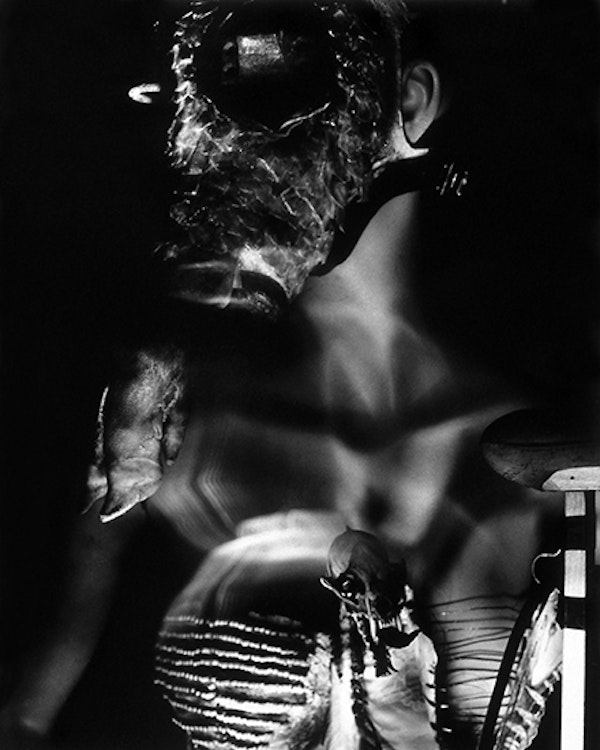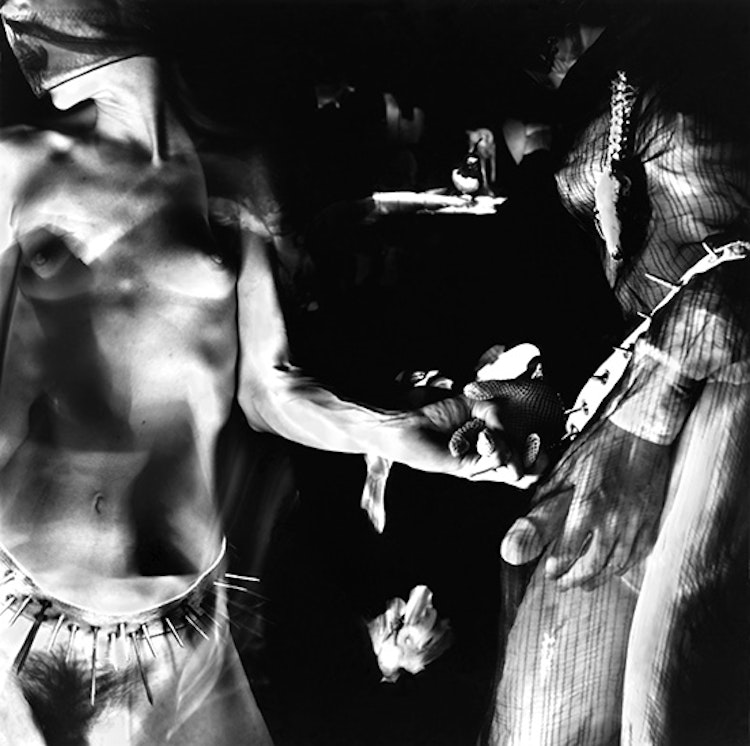‘Diana Thorneycroft: The Body, Its Lesson & Camouflage’ 2004
Diana Thorneycroft: The Body, Its Lesson & Camouflage Hardcover – March 1 2004
- Publisher : Talonbooks; First Edition (March 1 2004)
- Language : English
- Item weight : 805 g
- Dimensions : 24.13 x 1.91 x 31.75 cm
THE BODY, ITS LESSON AND CAMOUFLAGE
Since the exhibition in 1991 of self-portraits, “Touching: The Self”, Diana Thorneycroft has emerged as one of the most exciting photographers working in North America.
Her recent inclusion in exhibitions along with Joel-Peter Witkin, Andres Serrano, Francesca Woodman and Donigan Cumming has confirmed her place among the most challenging image-makers to merge in the last 10 years.
Thorneycroft’s technically beautiful photographs touch on the body as a site for a range of human conditions running from sexual ecstasy to the implications of physical torture.
Her images generate a wide range of personal responses from viewers and critics alike because they insinuate a series of perplexing questions about the confusions of gender and sexual practice and the psychic and physical dimensions of anxiety.
There has been, from the beginning in her photography, a sense of dark, theatrical play and today it would seem appropriate to call her work “Touching: The Selves” – selves that are at once personal and public, individual and social, sensual and technological. (Text by Robert Enright)
Her early work was the subject of national radio documentaries and a CBC national documentary for television. From 2000 – 2002, Thorneycroft’s photo-based exhibition, The Body, its lesson and camouflage toured to eight venues. Several images from this work show were included in the 2002 Phaidon Press publication Blink, which presents “the work of 100 rising stars in photography”. The artists were selected by 10 world-class curators, each proposing 10 photographers who they consider to have emerged and broken ground in the last five years.
Thorneycroft is perhaps best known for her photographic work depicting facets of Canadian identity. Some of the work is humorous, sometimes dark, frequently both. From 2007- 2014, she completed four series: The Canadiana Martyrdom Series, Group of Seven Awkward Moments, A People’s History and Canadians and Americans (best friends forever… it’s complicated)). Canadian Art Magazine selected the Group of Seven Awkward Moments as one of The Top 10 Exhibitions of 2008.
Equally as dark is Thorneycroft’s drawing series There Must Be 50 Ways to Kill Your Lover, which is divided into three categories: Foul Play, Desperate Housewives and Failed Relationships. Well known cartoon characters are depicted in scenes suggests domestic violence. Although the work is rich with black humour, it also remind us of how frequently spouses die at the hands of their lovers.
In 2013, Thorneycroft began working on a complex installation entitled Black Forest (dark waters). The exhibition, which had its inaugural opening in 2018, is composed of three interconnected bodies of work; two sculptural installations that are presented as physical evidence of the cryptic narrative that unfolds in the suite of 19 photographs.
Black Forest (dark waters) is a dark fairy tale about mutant horses, their herdsmen and the town they live in. Unlike traditional fairy tales – where a conflict is resolved, the story remains cryptic and refrains from providing the comfort of closure. Everything in Thorneycroft’s Black Forest embraces the grotesque and embodies the dualistic and contradictory imagery of the Rabelaisian carnivalesque.
2020 marked the year Thorneycroft made a shift in her visual art practice and released her first stop-motion animation. Stemming from the content of her previous work, Black Forest Sanatorium is a seven and a half minute film based on a dysfunctional love story.
Diana Thorneycroft’s work has been shown at the Burden Gallery in New York; at Fotofeiss, the international festival of photography in Edinburgh; the Carpenter Center for the Visual Arts at Harvard University; and the Rosizo State Museum in Moscow.
